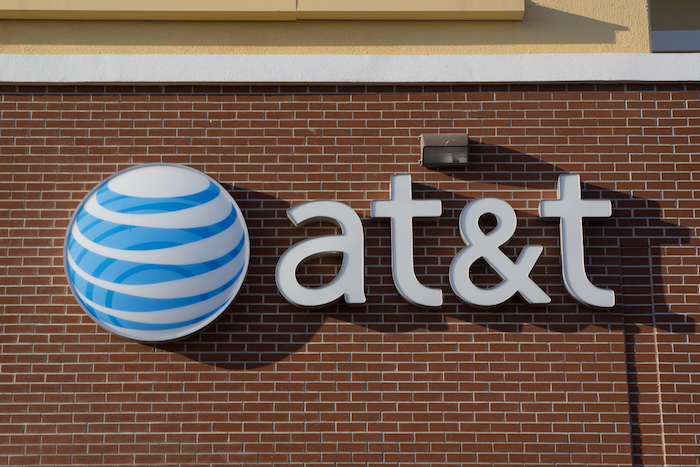
AT&T has announced that it plans to acquire AlienVault, a privately held company that develops commercial and open source solutions to manage cyberattacks.
The agreement, which combines AlienVault’s expertise in threat intelligence with AT&T’s cybersecurity solutions portfolio, has been approved by both companies. The deal is expected to close in the third quarter of 2018. The acquisition enables AT&T to expand its security solutions portfolio and offerings to small and medium-sized business (SMB) customers, who will be able to utilize the combined security management platform once the acquisition is complete.
“Regardless of size or industry, businesses today need cyber threat detection, and response technologies and services,” said Thaddeus Arroyo, CEO of AT&T Business, in a press release. “The current threat landscape has shifted this from a luxury for some, to a requirement for all.”
He added, “AlienVault’s expertise in threat intelligence will improve our ability to help organizations detect and respond to cybersecurity attacks. Together, with our enterprise-grade detection, response and remediation capabilities, we’re providing scalable, intelligent, affordable security for business customers of all sizes.”
AT&T noted that it will continue to invest in and build on AlienVault’s foundational Unified Security Management platform and Open Threat Exchange as it integrates AlienVault’s technology into the company’s cybersecurity suite of services.
“We’re thrilled to join forces with AT&T. They bring a robust cybersecurity portfolio with an industry-leading technology ecosystem,” said Barmak Meftah, president and CEO, AlienVault. “This deal accelerates our ability to deliver on the AlienVault mission, which is to democratize threat detection and response to companies of all sizes.”
Terms of the deal were not disclosed,. However, it is not expected to effect AT&T’s results materially. In addition, it won’t change the company’s plans to reduce “its net-debt-to-adjusted-EBITDA ratio to the 2.5x range by the end of the first year after the close of Time Warner, and to its historical range by the end of the fourth year after close.”